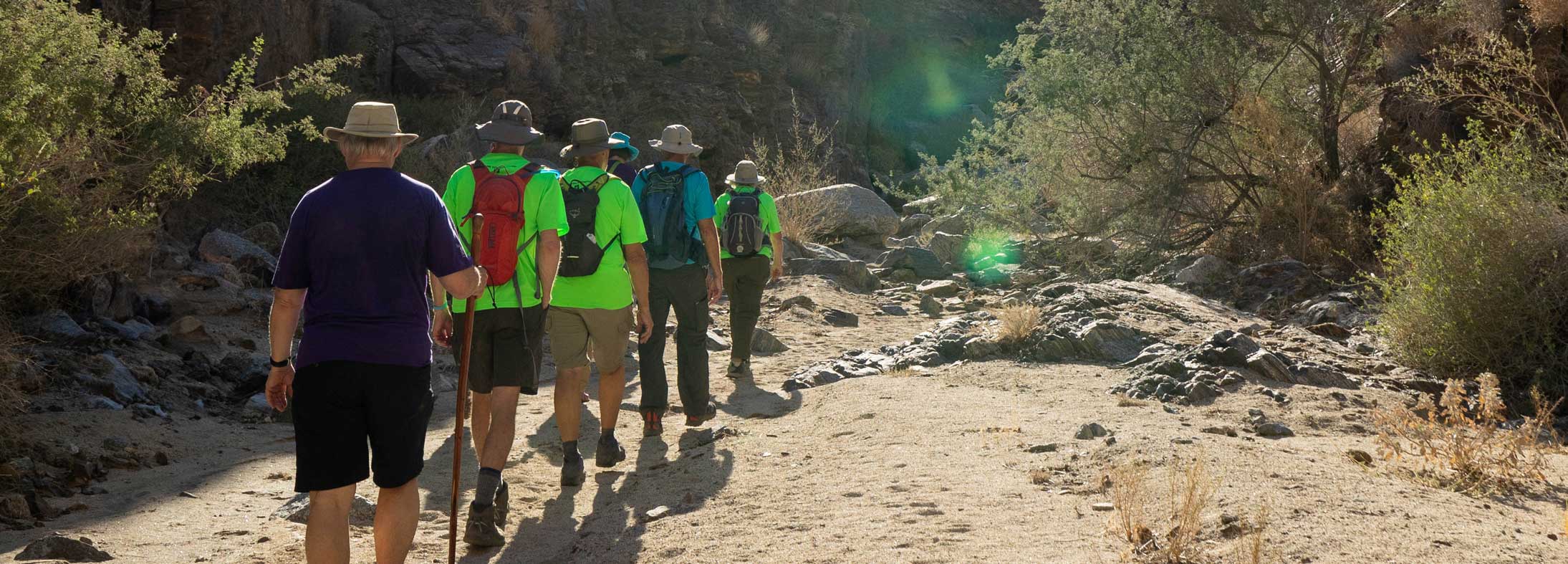
Hiking the Desert Mountains
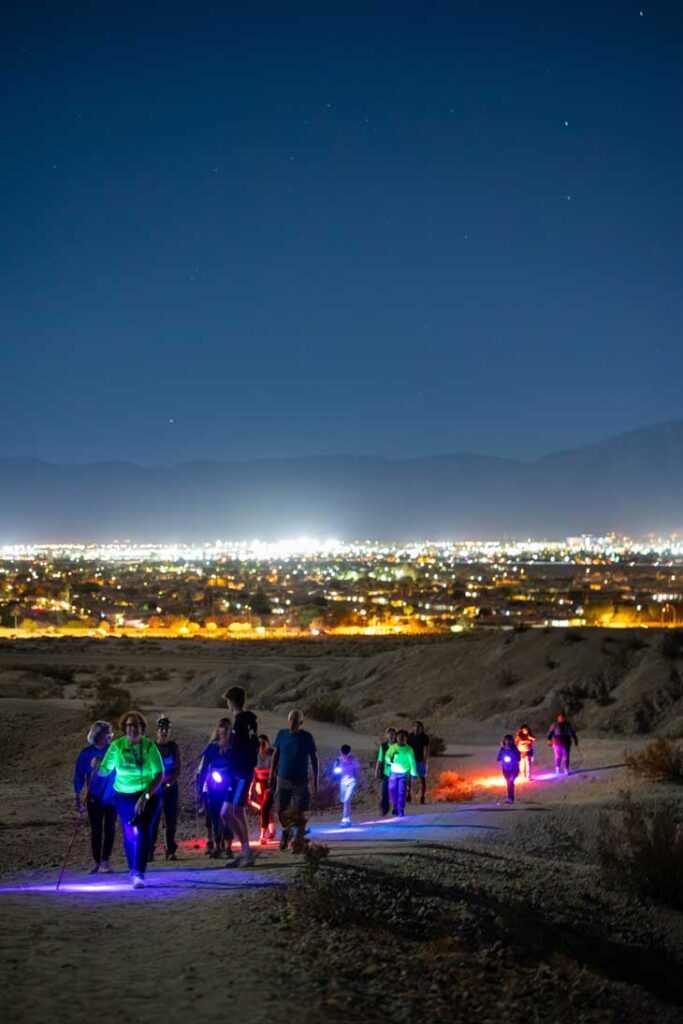
Introduction to Desert Hiking
The allure of desert hiking appeals to both experienced adventurers and those who are newer to nature walks. We encourage everyone to take one of Friends free guided hikes at least once to learn the essentials of desert hiking and learn great tips for getting the most out of your time outdoors.
•You always are going to need MORE water. We’ll say this a lot, so get used to it.
•Please Recreate Responsibly and practice Leave No Trace principles when visiting our national conservation lands.
The 10 Desert Essentials
“The 10 Essentials” have been well known among many hikers for decades. There have been many variations over the years, as technology improves and new techniques are refined, and here we offer our own version of the list: the 10 Desert Essentials.
The original 10 Essentials list was developed by mountaineers, and includes tools for starting a fire in the wilderness. In the desert, there is either not enough to burn, or far too much to burn higher in the mountains. Since starting a forest fire is probably more dangerous than getting temporarily lost, our list places more of an emphasis on dealing with cacti and finding your way home.
Think of the Desert Essentials more as systems to use more than a shopping list of specific items. Adapt these systems to your own style of outdoor recreation, and use them to connect to the land safely in the Coachella Valley!

1. Water
If you could only bring one thing with you on your hike, make it a bottle of water (and if you don’t bring water, stay home). Always carry more water than you think you will need in the desert. A good rule of thumb is to start with 2 liters on all day hikes, and bring additional water on warmer days and longer hikes. Springs, pools, and seeps are a rarity – the only place you should expect to find water is in your pack. Bring extra water
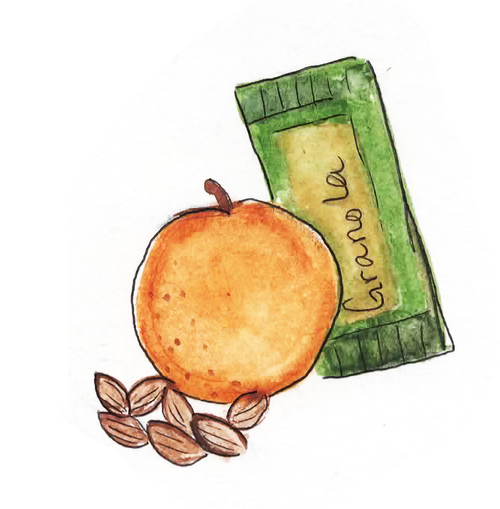
2. Extra Food
Some hikers like to bring a small feast along on every trip, while others just nibble on a handful of trail mix. Whatever your preference, it’s a good idea to carry an extra granola bar or two that you aren’t planning to eat, just in case. Choose healthy snacks – chocolate bars tend to turn to mush in the desert anyway – and try to avoid extra packaging that you’ll have to pack out.
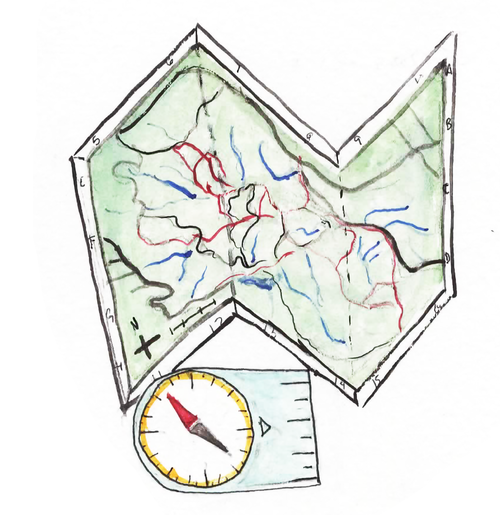
3. Map & Compass
Part of having a great adventure is knowing how to get home when you’re done. Your smartphone or GPS can be a powerful navigation tool, but be careful not to rely on something that requires batteries. A portable charger can help revive spent electronics, and a basic map and compass will never let you down. Reading a map and compass takes training and practice, so don’t wait until you are lost to learn how to use them.
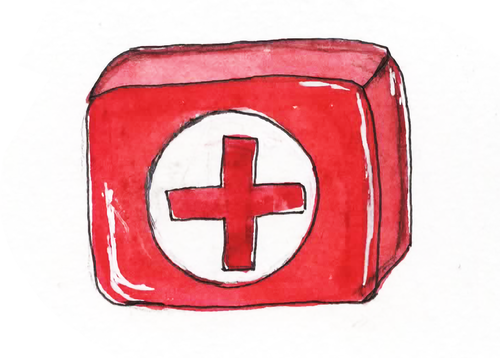
4. First Aid Kit
Purchase a pre-made first aid kit or make your own, and take a basic first aid class to learn lifesaving techniques.
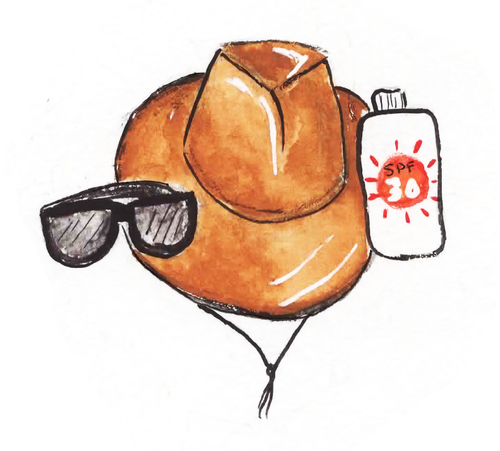
5. Sun Protection
Use sunscreen, lip balm, sunglasses, and a hat to shield yourself from the harsh sun. The EPA recommends using “broad-spectrum” sunscreens of at least SPF 15. Remember to reapply often, and don’t depend on sunscreen alone, especially on longer hikes. It may seem counter-intuitive, but long sleeves and pants can be more comfortable and offer more protection on hot sunny days, especially light colors and fabrics.
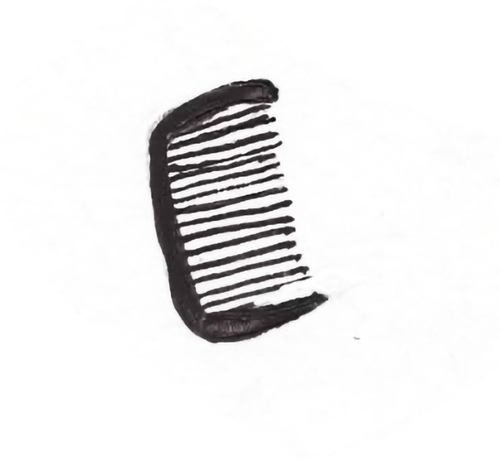
6. Comb
Every desert hiker can remember the first time they had to pull a cactus spine out of their boots, and if they forgot their comb at home they also remember having to pull it out of their finger afterwards. Use a small plastic comb to remove cactus spines and thorny stems. They’re also handy for fixing your hat hair for your after hike meal.
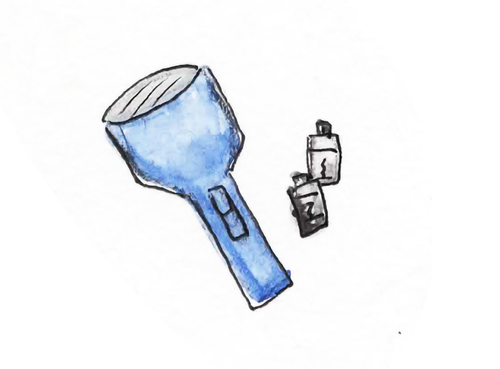
7. Flashlight
There’s something special about watching the sunset over the desert from high on a trail. The trick is finding your way home in the dark. Smartphone flashlight apps will work for a few minutes, but a flashlight or headlamp are needed when you have a few miles to go to the trailhead. Don’t forget extra batteries!

8. Mirror
Use in conjunction with essential number 6 to check your hairdo as needed. More importantly, reflected sunlight is visible from many miles away even on the brightest days, and can signal for help when your phone runs out of juice. If you forget your mirror, the screen on your phone is a decent reflector and will work in a pinch.
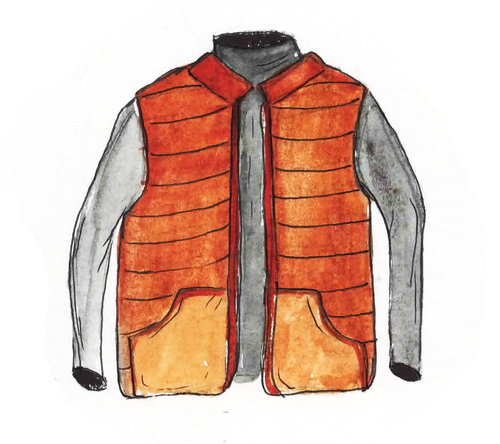
9. Insulation
Even on a hot day, the temperature can drop quickly once the sun goes down in the desert, and trails in the mountains can reach dangerously low temperatures at night. Check the weather before leaving home and dress in layers for the range of temperatures you might experience. A light jacket or emergency blanket can keep you warm enough if you are forced to spend the night outdoors.

10. Whistle
It can be easy to get separated from members of your group during restroom breaks and side trips, especially in rocky desert terrain. The sharp sound of a whistle will travel longer distances and be more noticeable than a shout to your fellow hikers. If you hear the sound of a whistle on the trail, signal back with your own whistle and head towards each other until you establish visual contact.
Illustrations by Venessa Becerra
Hiker Etiquette: What You Need to Know
Whether you are on the trail, the parking lot or in the Coachella Valley. Learn the best way to handle situations involving dogs, horses, bicycles and people.
Stay on the Trail.
Don’t step off the trail unless you absolutely must when yielding. Going off trail can damage or kill certain plant or animal species, and can hurt the ecosystems that surround the trail. Always practice Leave No Trace principles: Leave rocks, vegetation, and artifacts where you find them for others to enjoy.
- Respect all signs regarding proper use of trail.
- On narrow trails, pass one another with care.
- No Dogs means just that. Our desert wildlife doesn’t know the difference between your dog and a coyote and will only see and smell a predator.
Know Your Right of Way.
Check signage for the trail you are hiking, and follow the correct right of way yields. Signs may vary from park to park, but these are the general guidelines of yielding on the trail:
- Hikers coming uphill have the right of way. If you’re descending the trail, step aside and give space to the people climbing up.
- Bicyclists yield to hikers and horses or other pack stock. Come to a full stop and step to the side to give the right of way. Be mindful of the plants or animals that are near the trail if you must step off the trail. Bicyclists should always ride within their abilities. Before your visit, check individual park regulations to see if biking is allowed.
- Hikers yield to horses and other pack tock. Slowly and calmly step off to the downhill side of a trail. If you approach from behind, calmly announce your presence and intentions. Horses and other pack stock can frighten easily, so avoid sudden movements or loud noises.
Make Yourself Known.
When you encounter other hikers and trail users, offer a friendly “hello” or a simple head nod. This helps create a friendly atmosphere on the trail. If you approach another trail user from behind, announce yourself in a friendly, calm tone and let him/her know you want to pass.
Do Not Disturb Wildlife.
They need their space, and you need yours, too. Keep your distance from the wildlife you encounter. Some parks require you to stay a certain distance from wildlife, so check park regulations before your visit. Never leave the trail to try to get a closer look at an animal because it can hurt the habitat and the animal and put you in danger. For more information about safely viewing wildlife, check out our 7 ways to safely watch wildlife.
Be Mindful of Trail Conditions.
If a trail is too wet and muddy, turn back and save the hike for another day. Using a muddy trail can be dangerous, damage the trail’s condition, and damage the ecosystems that surround the trail.
Take Time to Listen.
When hiking in the great outdoors, let nature do all the talking. Be respectful of both nature and the other users, and keep the noise from electronic devices at bay. Not only will other visitors appreciate the peace and quiet, but so will the wildlife. Many wildlife species rely on natural sounds for communication purposes, and disrupting those sounds can hurt their chances of survival.
Be Aware of Your Surroundings.
Always be aware of your surroundings when hiking in our national parks. It will help keep you and any members of your group safe, and it will help keep wildlife and their habitats safe and healthy. Know the rules for hiking in bear country, and know what to do if you encounter a bear on the trail.